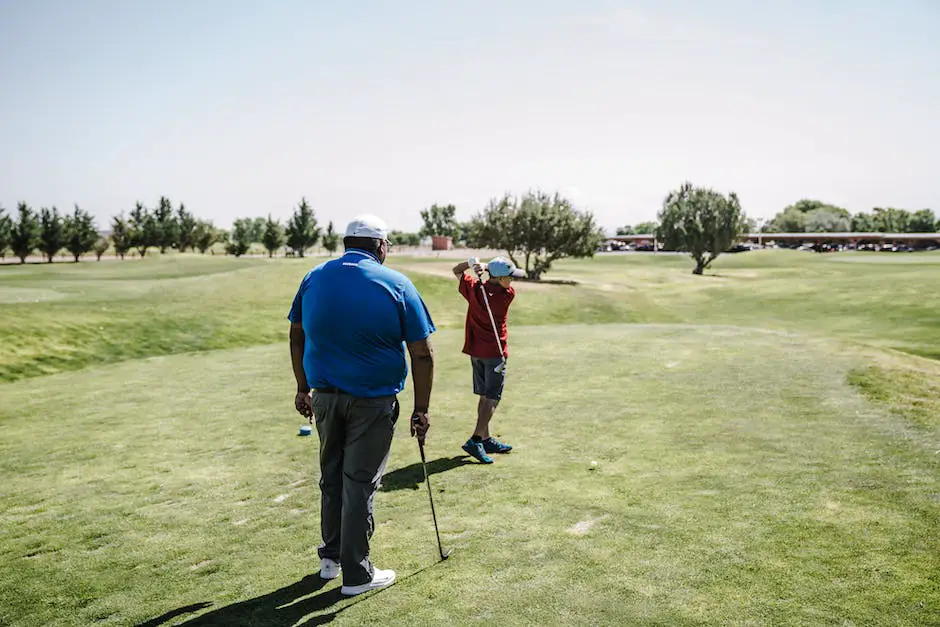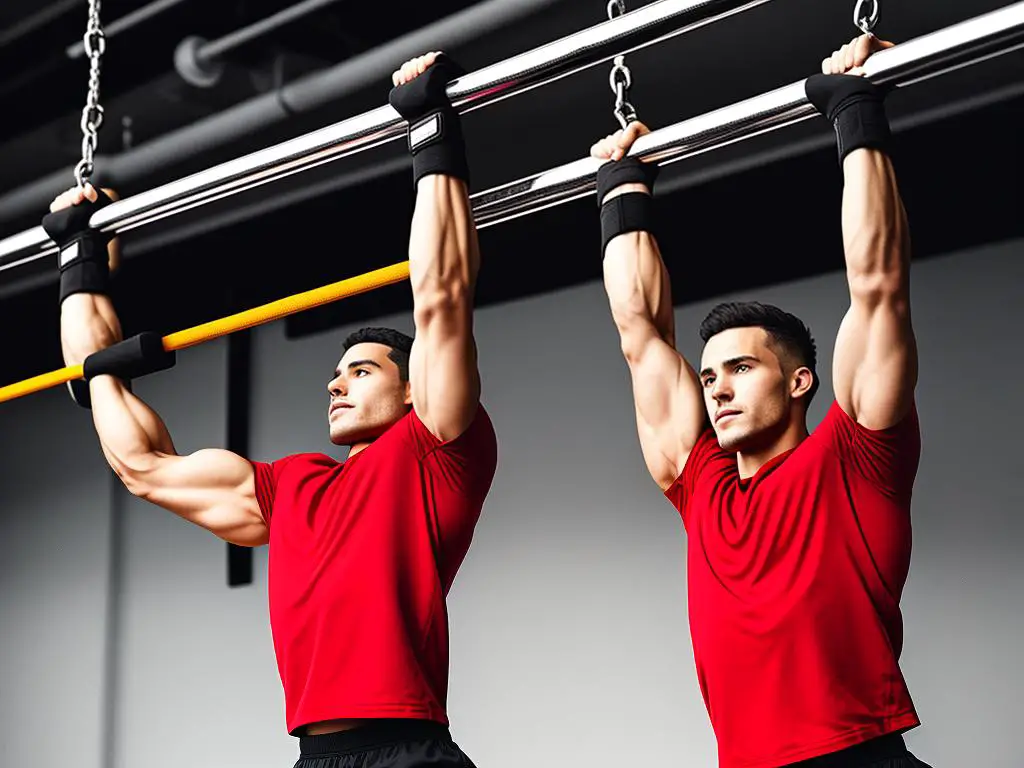In nearly every physical activity we engage in, from specialized sports such as golf and baseball, to routine tasks like gardening or even using utensils, the way we hold and position ourselves, our grip and stance, plays a pivotal role. The significance of mastering a proper grip and stance often goes unnoticed, but the impact they have on performance and safety is substantial. An adept hold offers precision in execution while an appropriate position ensures stability and balance. Moreover, these two aspects are intertwined – a sound grip is ineffective without an enabling stance and vice versa. Consequently, there’s a need to understand the diverse types of grips and stances suitable for different tasks, and the methods to enhance them.
Understanding the Importance of Grip and Stance
Understanding Grip and Stance in Sports
Grip and stance are two fundamental aspects in various sports such as golf, tennis, baseball, and more. For example, a golfer’s grip is how they hold the club. A proper grip allows for solid contact with the ball, control over the clubface (the part of the club that impacts the ball), and the power to swing through to the target.
Likewise, in baseball, the grip a player uses to hold the bat affects how they direct the bat, the amount of force they can put into the swing, and ultimately where and how hard they hit the ball.
The stance, referring to a player’s posture and foot positioning, is equally as crucial. It acts as the foundation, providing balance, stability, and power in the execution of the action, whether swinging a club, throwing a ball, or batting.
Role of Grip and Stance in Everyday Activities
The principles of grip and stance extend beyond sports and are often important in everyday activities as well – particularly when handling tools. For example, when using a hammer, a proper grip, with the handle resting in the base of the fingers for control and the thumb pointing up the handle, helps ensure accuracy and power without causing injury. The stance is also important, typically standing square to the work with a slight bend in the knees for balance.
In the use of kitchen tools, like knives for chopping or slicing, a secure grip allows for precision and control while cutting. The proper stance, typically directly in front of the board with feet shoulder-width apart, contributes to safety and effectiveness.
Why Grip and Stance Are Critical: Performance and Safety
Understanding and applying the correct grip and stance have direct implications for performance in sports or effectiveness in everyday tasks and are also vital for safety. An incorrect grip or stance can create inefficient movement patterns which not only compromise the outcome of the action but also increase the risk of acute injuries or overuse injuries over time.
For instance, an incorrect grip could result in a loss of control over a golf club, bat, or tool, potentially leading to harmful incidents. Similarly, an inappropriate stance could impair balance, creating a risk of falls or incorrect application of force. Therefore, the importance of the proper grip and stance goes beyond their direct impact on performance and extends to ensuring safety while performing the activity.
Ultimately, understanding the importance of grip and stance and knowing how to correctly execute them can drastically improve sports performance, increase efficiency in everyday activities, and significantly decrease the risk of injuries.

Types of Grips and Stances
Understanding Hand Grips
Hand grip techniques differ vastly across various sports due to the nature of the task at hand. Key grip types include the interlocking grip, the overlap grip, and the baseball grip. The interlocking grip is commonly used in golf, where the index finger of the left hand and the small finger of the right hand are intertwined. This provides a strong, unified grip on the club. The overlap grip, also known as Vardon grip, is another golf staple where the little finger of the right hand is placed between the index and middle finger of the left hand. Meanwhile, the baseball grip, found especially beneficial in baseball and golf, involves holding the club or bat similarly to how one would hold a baseball bat. All fingers from both hands line up directly next to each other on the club with no fingers overlapping or interlocking. These different types affect one’s control, ease, and stability during a swing.
Different Stances
Stances refer to how you position your body and feet to perform various actions in sports. They can affect your balance, power, and agility. Key types include the open stance, square stance, and the closed stance. The open stance is often used in tennis and baseball, where the body and feet face towards the direction of the ball. The square stance, where the feet are shoulder-width apart and parallel to the target line, is often used in golf for stable and balanced swings. The closed stance, where the lead foot is slightly ahead of the trailing foot, is found in sports like boxing and martial arts to provide a stable base for both offense and defense.
Factors Influencing Grips and Stances
The choice of grip and stance in a sport or activity is often influenced by the nature of the task, the desired outcome, and the athlete’s personal comfort and strength. For instance, in golf, those with hand or joint issues may prefer the baseball grip. Similarly, a boxer might choose a closed stance to combine defensive protection with offensive power. Mastery of appropriate grips and stances can greatly affect an athlete’s performance by enhancing their control, power, balance, and tactical effectiveness.
Training for Different Grips and Stances
To develop proficiency and flexibility with different grips and stances, athletes should actively practice different variations. Coaches recommend starting with basic stances and grips and gradually practicing more complex types over time. Regular practice can help athletes become more adaptable, enhance their performance across a variety of situations, and minimize risk of injury by learning to use their bodies more efficiently.

Techniques for Improving Grip and Stance
Exercises to Strengthen Grip
Improving your hand and finger strength greatly affects your grip. Dead hangs, where you hang from a bar with your palms facing away from you, are a simple yet effective exercise for strengthening your grip. Start by hanging for as long as you can and gradually increase the duration over time.
Farmer’s walks are another effective exercise. Hold heavy weights in each hand and walk for a set distance or time. This will not only improve your grip but also boost overall body strength and stability.
Using a hand gripper, squeeze it for a set number of repetitions to help improve hand and forearm strength. If it becomes too easy, you can upgrade to a gripper with greater resistance.
Ball or towel squeezes can also promote a stronger grip. Squeeze a stress ball or roll up a towel and squeeze it for a count of five, then release. Repeat this exercise multiple times a day.
Techniques for Improving Balance
Practising balance exercises is an essential part of improving and maintaining a good stance. Regularly practising exercises that make you balance on one leg or use an unstable platform, such as a balance board, can greatly enhance overall stability.
Yoga and tai chi, for instance, involve holding poses and shifting weight from one side of the body to the other, helping improve muscle control and balance over time. Simple poses such as the Tree pose or Warrior I pose boost your balance by encouraging stability in your standing leg.
Cardio activities that involve lots of movement, twists, and turns, such as dancing and Zumba, can also contribute to better balance and stability.
Strategies to Maintain Proper Stance
To maintain a proper stance, it’s vital to be mindful of your body positioning throughout the day, especially when sitting or standing for long periods. When standing, ensure that your feet are shoulder-width apart and your weight is evenly distributed on both feet.
Incorporate regular stretches into your routine to maintain flexibility, which is key to keeping a correct and stable stance. Include stretches that target your hamstrings, calves, and hip flexors.
Strength training can also contribute to maintaining a good stance. Strengthen your core and lower body muscles, including your abdomen, lower back, hips, glutes, and legs. These muscle groups are essential in maintaining a proper stance and improving overall movement and stability.
Incorporating exercises like squats, lunges, and deadlifts into your routine can help strengthen these muscle groups and promote a better stance.
Lastly, remember that any change requires consistency. Make these exercises and tips part of your daily routine, and over time, you will notice significant improvement in your grip strength, balance, and overall stance.

Developing a strong grip and a stable stance is not an overnight achievement, but with continuous practice, patience, and the application of learned techniques, improvement is inevitable. A robust grip and a solid stance are a fundamental base for almost any physical activity from ordinary day-to-day tasks to performing at the highest level in sports. They not only improve your performance but also minimize your risk of injuries, amplifying the importance of paying adequate attention to them. The journey towards mastering this skill involves understanding its role, knowing the diverse types, and relentlessly practicing the improvement techniques, in an ongoing cycle of learning and growth.